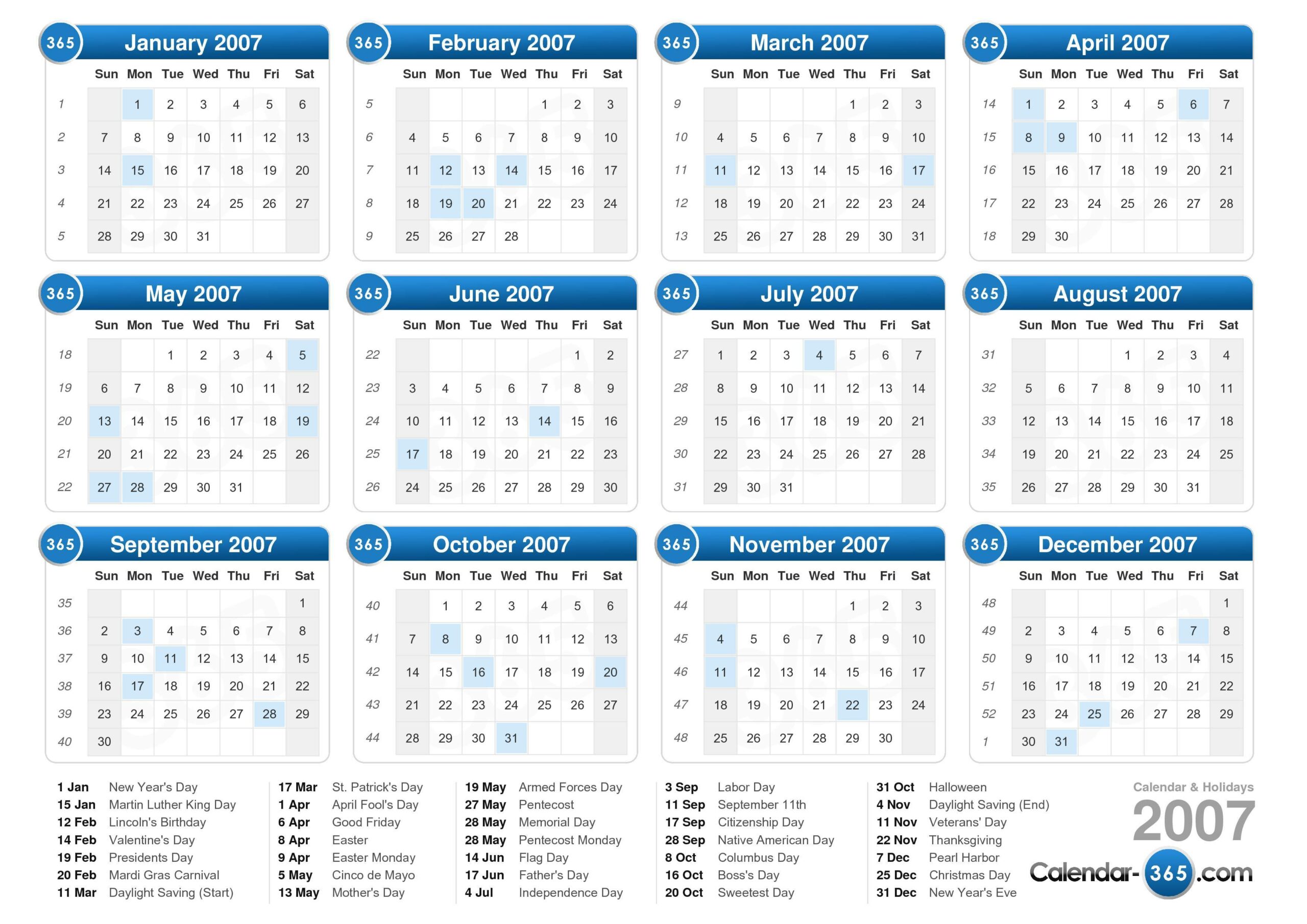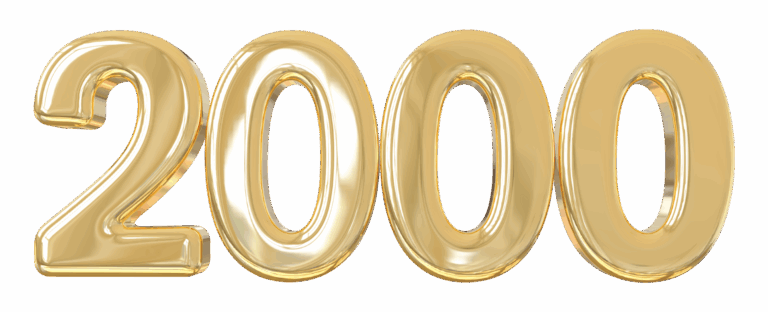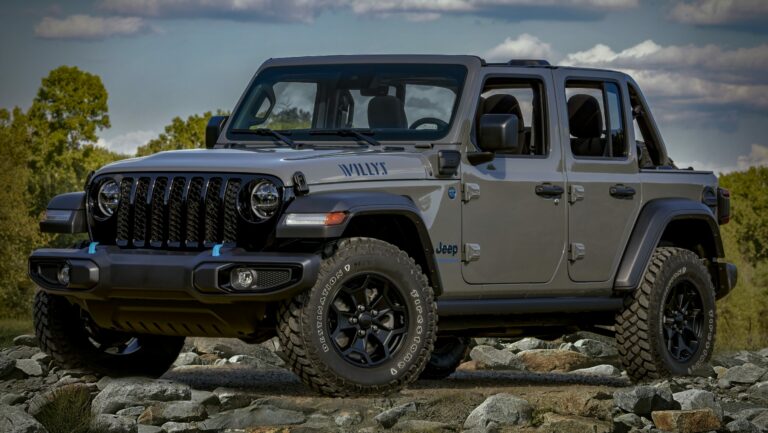2007 Jeep Wrangler Motor For Sale: A Comprehensive Buyer’s Guide
2007 Jeep Wrangler Motor For Sale: A Comprehensive Buyer’s Guide jeeps.truckstrend.com
The 2007 Jeep Wrangler, marking the debut of the JK generation, holds a special place in the hearts of off-road enthusiasts and daily drivers alike. Known for its iconic rugged design, removable top, and unparalleled off-road prowess, it quickly became a best-seller. However, like any vehicle approaching two decades of service, the heart of the beast – its engine – may eventually require attention. When your trusty 3.8L V6 motor shows signs of significant wear, catastrophic failure, or simply reaching the end of its reliable life, the quest for a "2007 Jeep Wrangler Motor For Sale" becomes a top priority.
This comprehensive guide is designed to navigate you through the intricate process of understanding, sourcing, and acquiring a replacement engine for your 2007 Jeep Wrangler. Whether you’re a seasoned mechanic or a first-time engine buyer, we’ll provide the insights and practical advice necessary to make an informed decision, ensuring your beloved JK is back on the road – or trail – with a renewed lease on life.
2007 Jeep Wrangler Motor For Sale: A Comprehensive Buyer’s Guide
Understanding the 2007 Jeep Wrangler Engine: The 3.8L V6 (EGH)
The 2007 Jeep Wrangler JK models were equipped with the 3.8-liter EGH V6 engine. This pushrod engine, originally designed by Chrysler and used in various minivans, was adapted for the Wrangler’s rugged demands. While it offered adequate power for daily driving and light off-roading (producing 202 horsepower and 237 lb-ft of torque), it wasn’t universally praised for its refinement or fuel efficiency compared to more modern powertrains.
Common Reasons for Engine Replacement:
- High Mileage Wear: After hundreds of thousands of miles, components like piston rings, bearings, and valve seals naturally wear out, leading to excessive oil consumption, reduced compression, and decreased performance.
- Overheating Damage: Prolonged overheating can warp cylinder heads, crack engine blocks, and damage internal components, often rendering an engine irreparable.
- Catastrophic Failure: Events like thrown rods, broken timing chains (less common on the 3.8L but possible), or hydro-lock can cause immediate and severe internal damage.
- Lack of Maintenance: Neglecting oil changes, coolant flushes, and other routine maintenance significantly shortens engine life.
- Accident Damage: Severe frontal impacts can damage engine components or their mounting points beyond repair.

Recognizing these potential issues is the first step in deciding whether a replacement motor is the most cost-effective and practical solution for your 2007 Jeep Wrangler.
Where to Source Your 2007 Jeep Wrangler Motor
Finding the right replacement engine involves exploring various avenues, each with its own set of pros and cons.
-
Auto Salvage Yards / Auto Recyclers:
- Pros: Often the most economical option. You might find a low-mileage engine from a wrecked vehicle. Local yards allow for in-person inspection.
- Cons: "As-is" sales are common, meaning no warranty or limited guarantees. History of the engine is often unknown. Condition can vary wildly.
- Tip: Look for yards that specialize in Jeeps or offer a basic warranty. Ask for compression test results if available.
-
Online Marketplaces (eBay, Craigslist, Facebook Marketplace):
- Pros: Vast selection from sellers nationwide. Competitive pricing due to wider competition. Convenience of browsing from home.
- Cons: Shipping costs can be substantial. Higher risk of scams or misrepresentation. Inability to physically inspect the engine before purchase. Returns can be complicated.
- Tip: Only buy from reputable sellers with high ratings. Request detailed photos, videos of the engine running (if possible), and a clear VIN from the donor vehicle. Use secure payment methods.
-
Specialty Engine Suppliers / Rebuilders:
- Pros: Offer remanufactured or rebuilt engines that have been disassembled, inspected, and had worn components replaced. Often come with a substantial warranty (e.g., 1-3 years). Higher quality control.
- Cons: Generally the most expensive option for a used engine, though still significantly cheaper than a new crate engine.
- Tip: Research the rebuilder’s reputation. Understand the terms of the warranty thoroughly, including what it covers and any conditions for validity (e.g., professional installation required).
-
Used Parts Divisions of Dealerships or Large Parts Retailers:
- Pros: Potentially more reliable sourcing, sometimes with a limited warranty.
- Cons: Limited availability for older models. Prices can be higher than independent recyclers.
Key Considerations Before Purchasing
Before you commit to buying a 2007 Jeep Wrangler motor, arm yourself with knowledge and ask critical questions.
- Budget: Determine your maximum expenditure. Are you looking for the cheapest possible solution, or are you willing to pay more for a remanufactured engine with a warranty?
- Mileage: While lower mileage is generally preferred, a higher-mileage engine that was meticulously maintained can be a better buy than a low-mileage engine that was abused. Ask for records if available.
- Warranty: This is paramount. A warranty provides peace of mind against unforeseen issues. Understand its duration, coverage (parts only, or parts and labor?), and any exclusions.
- Seller Reputation: Check reviews, ask for references, and ensure the seller is transparent about the engine’s history.
- Visual Inspection (if possible): Look for signs of:
- Leaks: Oil, coolant, or transmission fluid.
- Cracks or Damage: Especially to the block, cylinder head, or mounting points.
- Rust: Excessive rust on external components can indicate poor storage.
- Signs of Overheating: Discolored components, warped surfaces.
- Completeness: Is it a long block (engine block, cylinder heads, oil pan) or a complete engine (including intake manifold, exhaust manifolds, throttle body, accessories like alternator, power steering pump, AC compressor)? A complete engine is more expensive but might save on transfer costs.
- VIN Matching: Ensure the engine’s VIN (if visible) matches the donor vehicle’s reported information and confirms it’s a 3.8L V6 from a 2007-2011 JK Wrangler.
- Shipping & Logistics: If buying from a distance, factor in shipping costs, delivery time, and how the engine will be offloaded upon arrival. Ensure it’s properly crated and insured.
The Buying Process: A Step-by-Step Guide
- Diagnose Thoroughly: Confirm that the engine is indeed the problem and not a cheaper fix like a sensor, wiring, or a minor component.
- Research & Compare: Gather quotes from various sources (salvage yards, online sellers, rebuilders). Compare prices, mileage, warranties, and seller reviews.
- Ask Detailed Questions:
- "What is the mileage on this engine?"
- "Does it come with a warranty? What are the terms?"
- "Was it compression tested? What were the results?"
- "Can you provide the VIN of the donor vehicle?"
- "Are there any known issues with this specific engine?"
- "What accessories are included (alternator, AC compressor, etc.)?"
- "How was the engine stored?"
- Inspect (If Possible): If buying locally, arrange an inspection. Bring a knowledgeable friend if you’re not confident.
- Negotiate: Don’t be afraid to haggle, especially at salvage yards.
- Secure Payment & Paperwork: Use secure payment methods. Get all agreements, warranties, and receipts in writing.
Installation and Post-Installation Tips
- Professional Installation vs. DIY: Replacing an engine is a complex job requiring specialized tools, knowledge, and often an engine hoist. Unless you have significant automotive experience and the right equipment, professional installation is highly recommended.
- Pre-Installation Checks: Before dropping the new engine in, replace common wear items:
- Rear main seal (easy to do when the engine is out)
- Spark plugs and wires
- All fluid filters (oil, fuel, air)
- Thermostat and possibly the water pump
- Any worn hoses or belts
- Motor mounts
- Fluid Flush: Thoroughly flush the cooling system and ensure fresh oil and appropriate coolant are used.
- Break-in Procedure (for remanufactured engines): Follow the rebuilder’s specific break-in instructions, which typically involve varying RPMs for the first few hundred miles and an early oil change.
- Ongoing Maintenance: Stick to a rigorous maintenance schedule. Regular oil changes, coolant checks, and addressing minor issues promptly will extend the life of your "new" engine.
Potential Challenges and Solutions
- "Lemon" Engine: Despite precautions, a bad engine can slip through. A robust warranty from a reputable seller is your best defense. Document everything and be prepared to act quickly if issues arise.
- Shipping Damage: Insist on proper crating and shipping insurance. Inspect the engine immediately upon arrival and document any damage with photos before signing off on delivery.
- Compatibility Issues: Always double-check the engine’s year and model compatibility with your 2007 Jeep Wrangler. While the 3.8L V6 was used from 2007-2011, minor sensor or accessory differences might exist.
- Hidden Costs: Factor in the cost of new fluids, filters, gaskets, potential new sensors, and professional installation. These can add significantly to the overall expense.
Pricing Information: 2007 Jeep Wrangler 3.8L V6 Motor For Sale
The price of a 2007 Jeep Wrangler 3.8L V6 motor can vary significantly based on condition, mileage, warranty, and seller type. The table below provides a general range; actual prices may differ.
| Type of Engine Sale | Typical Price Range (USD) | Key Factors Affecting Price | Notes |
|---|---|---|---|
| Used Engine (High Mileage) | $800 – $1,500 | 120,000+ miles, "as-is" or very limited warranty, from salvage yards. | Cheapest option, highest risk. Best for those with deep mechanical skills. |
| Used Engine (Low-Mid Mileage) | $1,500 – $2,500 | 60,000 – 120,000 miles, some basic warranty (e.g., 30-90 days), from salvage or online. | A common choice, balances cost and perceived reliability. Inspect thoroughly. |
| Remanufactured/Rebuilt Engine | $2,500 – $4,000+ | Zero miles since rebuild, extensive inspection & new components, 1-3 year warranty. | Most reliable "used" option, offers peace of mind. Often requires core return. |
| Complete Engine (vs. Long Block) | Add $300 – $800 | Includes accessories (alternator, power steering pump, A/C compressor, intake manifold, etc.). | Saves time and effort transferring components, but increases initial cost. |
| Shipping Costs | $200 – $600+ | Distance, weight, freight carrier, residential vs. commercial delivery. | Significant additional cost for out-of-state purchases. |
| Professional Installation | $1,000 – $2,500+ | Labor rates vary by region, complexity of the job. | Essential for most buyers. Get multiple quotes. |
Prices are estimates and can fluctuate based on market demand, regional availability, and specific seller policies.
Frequently Asked Questions (FAQ)
Q1: What’s the average lifespan of a 2007 Jeep Wrangler 3.8L V6 engine?
A1: With proper maintenance, these engines can last 150,000 to 200,000 miles or more. However, oil consumption can become an issue as mileage increases, requiring regular monitoring.
Q2: Should I buy a used or a remanufactured engine?
A2: If budget is the primary concern and you’re comfortable with higher risk, a used engine can be viable. For greater peace of mind, a remanufactured engine, despite its higher cost, offers a fresh start with replaced wear items and a solid warranty.
Q3: What’s the difference between a "long block" and a "complete engine"?
A3: A "long block" typically includes the engine block, crankshaft, pistons, connecting rods, cylinder heads, camshafts, and an oil pan. It does not include external accessories like the intake manifold, exhaust manifolds, throttle body, alternator, power steering pump, or AC compressor. A "complete engine" generally includes these external accessories, though the exact definition can vary by seller.
Q4: Are there common issues with the 3.8L V6 I should be aware of?
A4: Yes, the most common complaints include higher-than-average oil consumption, especially at higher mileages. Some owners have reported issues with timing chain stretch (less common than oil consumption) and head gasket failures. When buying a used engine, inquire about its oil consumption history if possible.
Q5: How much does engine installation typically cost?
A5: Professional installation costs can range from $1,000 to $2,500 or more, depending on your location, the shop’s labor rate, and any additional parts needed (e.g., new hoses, belts, sensors). Always get a detailed quote before proceeding.
Q6: Can I put a different engine in my 2007 Wrangler (engine swap)?
A6: While engine swaps (e.g., to a HEMI V8 or a newer Pentastar V6) are popular in the Jeep community, they are significantly more complex, expensive, and require extensive modifications to wiring, transmission, exhaust, and cooling systems. For most people, replacing with the original 3.8L V6 is the most practical and cost-effective solution.
Conclusion
Acquiring a "2007 Jeep Wrangler Motor For Sale" is a significant investment that can breathe new life into your cherished JK. By thoroughly understanding the 3.8L V6 engine, carefully evaluating your sourcing options, diligently inspecting potential purchases, and planning for proper installation, you can mitigate risks and ensure a successful outcome. Whether you opt for a budget-friendly used motor or a more reliable remanufactured unit, the goal remains the same: getting your iconic 2007 Jeep Wrangler back to doing what it does best – conquering terrains and making memories for years to come.


